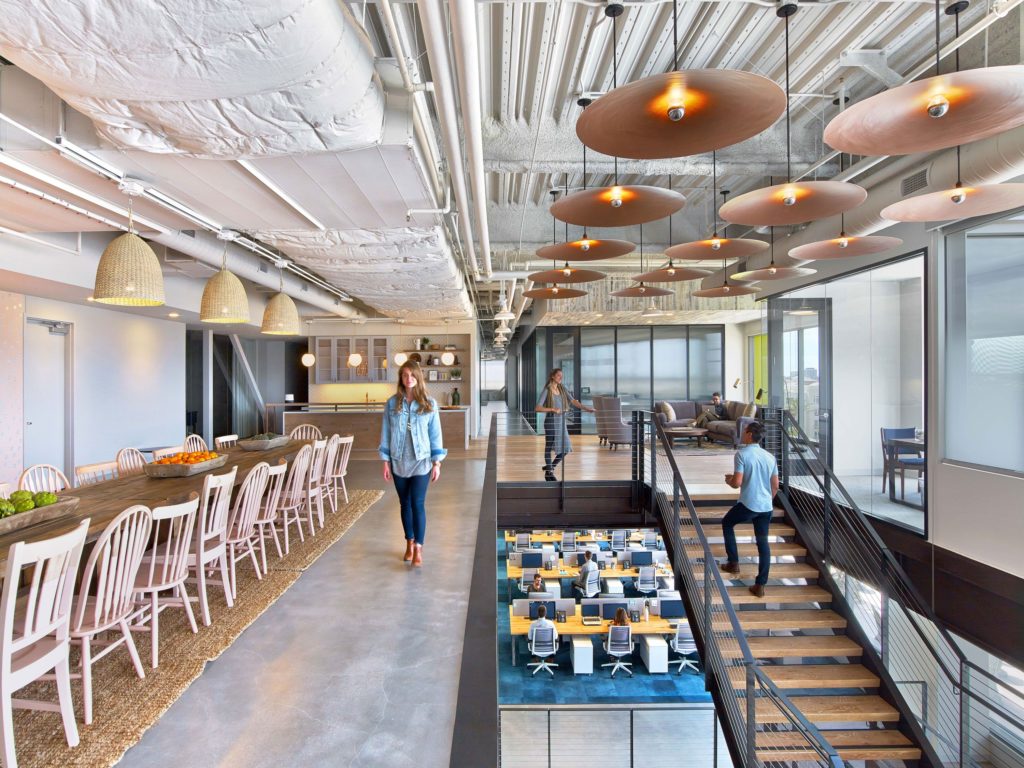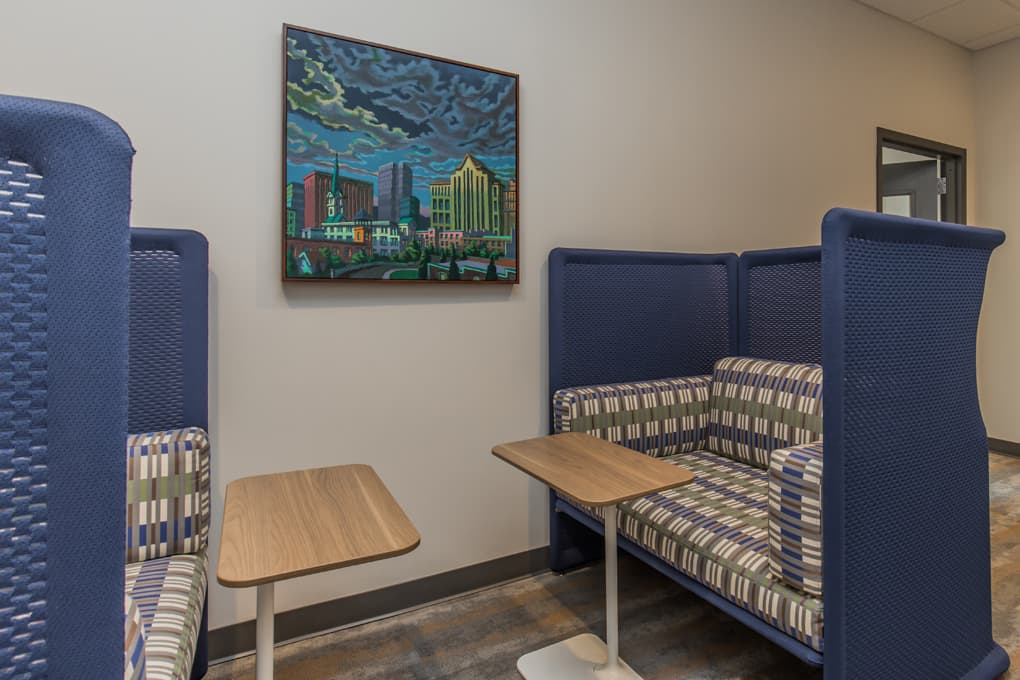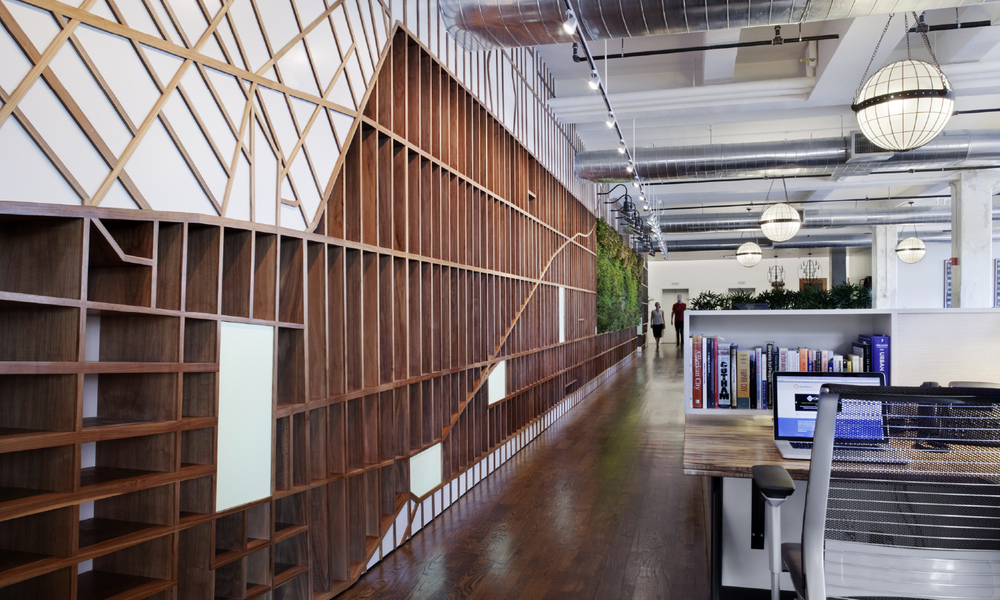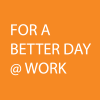Five ways to encourage employees to make the commute with design strategy
In the knowledge economy, where communication technology allows the workforce to be completely mobile, are corporate offices going extinct?
Some statistics would suggest the answer is yes. Many Canadians want to bid their offices goodbye. A 2014 Conference Board of Canada study found that more than 70 per cent of full-time workers aged 18 to 29 would be more satisfied in their jobs if they could work remotely using cloud software.

There is no question that technology provides full mobility for many workers, yet personal interaction remains a fundamental source of innovation in knowledge-based businesses, facilitates creativity and smoother workflow, and builds employees’ sense of identity vis-à-vis the firm.
The real question, then, is: what kind of office space do companies need in the 21st century?
Smart companies understand that, given employees do not have to come to work to do their job, corporate offices now need to be more than places to house staff, they need to be a destination. Offices need to be transformed into environments employees seek out because they are great places to work.

Here are five ways workplace design strategy can help make a corporate office a preferred destination for employees:
- Maximize the productivity of the next generation workforce while still inspiring everyone else.
There are now three generations in the workforce — each with their own unique characteristics. Baby boomers, readying for retirement, need workplaces that provide ergonomic seating and address mobility issues. Gen Xers, the first generation of latch-key kids, are fiercely self-reliant — they need spaces to work independently, as well as collaboratively.
Generation Y (or millennials) are a breed apart, having grown up in a school system that emphasizes group work. Classrooms featured shared spaces with no assigned seating. This younger generation seeks collaborative work spaces. They find traditional desks isolating.
So how can a work space address all of these different types of workers? By providing choice.
Consider Deloitte’s Montreal “workplace of the future” where there are more than 18 different types of work settings, ranging from treadmill desks, to conference rooms, to social spaces such as lounges and office cafes. Ninety per cent of the space is unassigned and more than half is dedicated to collaborative work. State-of-the-art technology, including Bluetooth and Wi-Fi throughout the office, makes mobile working easy. In this atmosphere all generations can thrive.
- Design changes inspire behavioural changes.
Take the case of a company where every conference room was a replica of the next — each uninspiring and drab. Employees attending meetings in these conference rooms often let their minds wander, spent a lot of time checking email on their mobile devices, and generally demonstrated behaviours that suggested they were disengaged.

A revamp of the space ensured every conference room had its own unique interior design. Some were more traditional with a boardroom table and chairs; others had laidback chairs and plush carpets; some were painted traditional beige while others were painted in bright colours.
Design distinguished the spaces. Different rooms had different purposes enhanced by their layout. The project produced a measurable uptick in employee engagement and interest during meetings.
- Design a work space based on how it is used.
Most people assume that every employee who joins a corporate office needs a desk. In other words, companies are expected to have a one-to-one ratio of desks to employees.
But most workplace utilization studies show that a one-to-one employee-desk ratio is not needed. Often desks are empty almost half of the day because many employees spend more than 50 per cent of their work day at meetings, or traveling, or at off-site meetings.
By converting the unused space allocated to desks into more engaging formats — breakout rooms, cafés, social lounges and quiet work areas — organizations can create environments designed to foster collaborative, creative work.
- Create spaces where staff can celebrate together.
To create positive corporate culture organizations need places in their offices where all of their staff can gather. This is a daunting thought for companies with hundreds, or even thousands, of employees. Yet the solution does not have to be a large theatre-style auditorium.
Wragge & Co. LLP in Birmingham, UK, found a creative solution to bring their 700-person staff together for company-wide meetings. The firm installed TV monitors behind movable bookcases on every floor of Wragge’s head office. The company could hold live town halls with all its employees through these monitors.
- Make the right impression.
The corporate office is an extension of a company’s brand and corporate culture — it communicates what an organization stands for. Think of the difference between a typical law firm’s offices, which have likely been designed to communicate stability and seriousness, and an advertising agency’s offices, which are likely designed to showcase creativity and imagination. These differences are, of course, no mistake. Each time a client or potential recruit visits a corporate office they leave with an impression of the company based on the office space.
With the right workplace design strategy, a corporate office becomes a destination that is sought out by employees. The result is a work environment that fosters engagement, collaboration and productivity, instills confidence in clients and ultimately becomes a competitive advantage.
AUTHOR: Matthew Kobylar
(https://www.reminetwork.com/articles/transforming-the-office-into-a-destination/)




